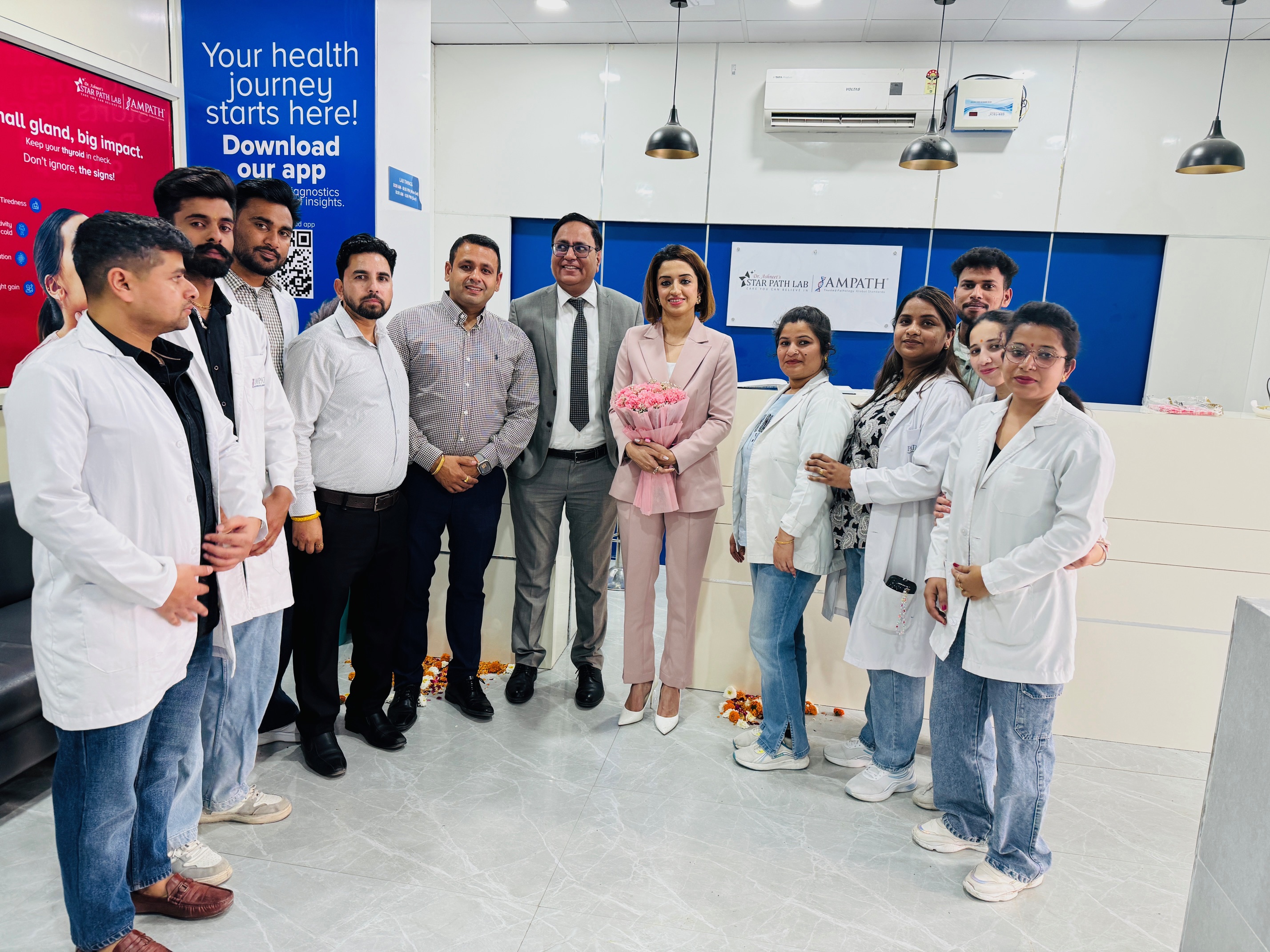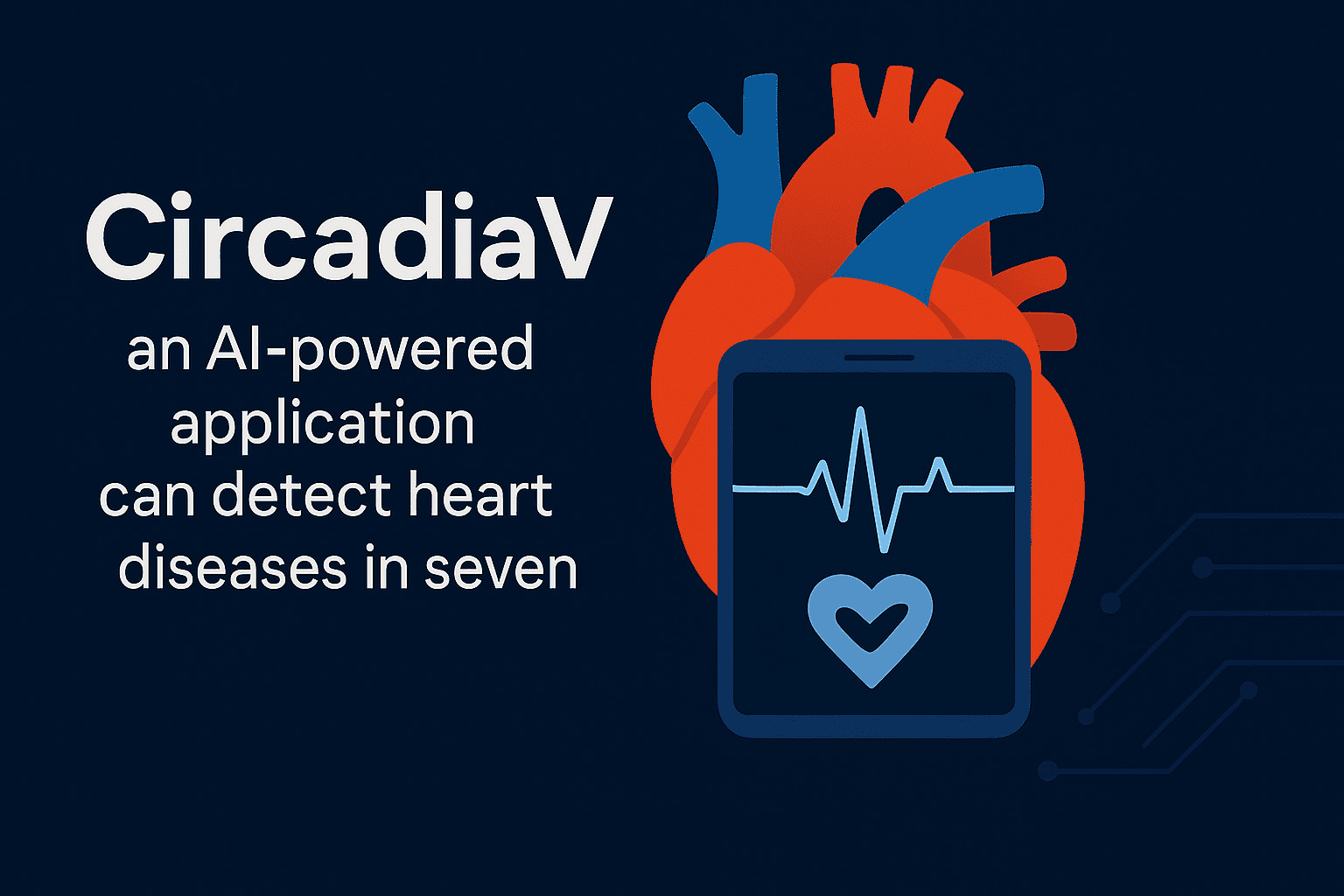Eye health impacts education, employment, quality of life, and so many other sustainable development goals. Your eyes, like other organs of your body, are subject to stress and injury and can lose their full potential if not properly taken care of. It’s important to maintain the health of your eyes even as you grow older. Globally over a billion people suffer from visual impairment. India is home to 20% of the world’s blind population. 62 million Indians suffer from visual impairment. Out of which 54 million have low vision and 8 million are blind. The top 3 reasons for blindness in India are cataracts (62.6%), Refractive Error (19.70%), and Glaucoma (5.80%).
World Sight Day is celebrated on the second Thursday of October to inform people about the importance of eye health. The day was first introduced in 2000 by Sight First Campaign of Lions Club International Foundation. The theme for this year is ‘Love Your Eyes.’ Leading a healthy lifestyle of exercise and proper nutrition can help keep your eyes functioning properly well into your later years. We at Medicircle are conducting the World Sight Day Awareness Series wherein we will be featuring experts in this field to understand and create awareness on how to love and protect our eyes.
Dr. Mukesh Jadav is an Eye Specialist, who is currently the owner at Drushti Eye Hospital. Dr. Mukesh Jadav did almost 38000 cataract operations and has seen more than 8 lakh patients all over the world. Dr. Mukesh Jadav is well known in India and preferred by most new people. He has also been giving successful and consistent results for the last 29 years. Dr. Mukesh Jadav is associated with the All Gujarat Ophthalmic Association, the all India Ophthalmic Association, the American Academy of Ophthalmic Society, and the All-World Ophthalmic Society.
Common Eye Problems
Dr Jadav begins, “In India, the most common eye problem is a refractive error. Other problems are cataracts, glaucoma and eye injuries caused due to chemical injuries.”
Eye problems common in old age
Dr says, “In old age, the most common problem is cataract. Earlier only people above the age of 60 had cataract problems. Nowadays, with increased pollution, many are facing this problem.”
About Cataract
Dr. Jadav explains, “Cataract is a condition that causes degeneration of protein in our eyes. When protein in the lens fiber degenerates and becomes opaque we call it a cataract. This mostly happens after age 60. A cataract is the prime cause of blindness.”
Symptoms of Cataract
Dr. Jadav mentions, “Diminished vision and improper vision when facing any light source are the common symptoms seen in cataract patients.”
Treatments available
He adds, “Initially, cataract surgery was available. Here the cataract was removed from the eye and post-surgery care should be maintained for 1 to 2 months. Nowadays, Lasik cataract surgery is available.”
“So now there is no need to insert injections and the entire procedure gets done in 3 to 5 minutes. Even after the surgery the patient can freely walk, watch TV at night and even resume their work without any discomfort.”
Tips for eye care
Dr Jadav suggests the following three tips for healthy eyes -
Do not rub your eyes with your hands or even with a handkerchief.
Include 15 to 20 minutes of walking barefoot on grass
Regular yoga can help boost your eye and overall health.
(Edited by Priyal Shah)
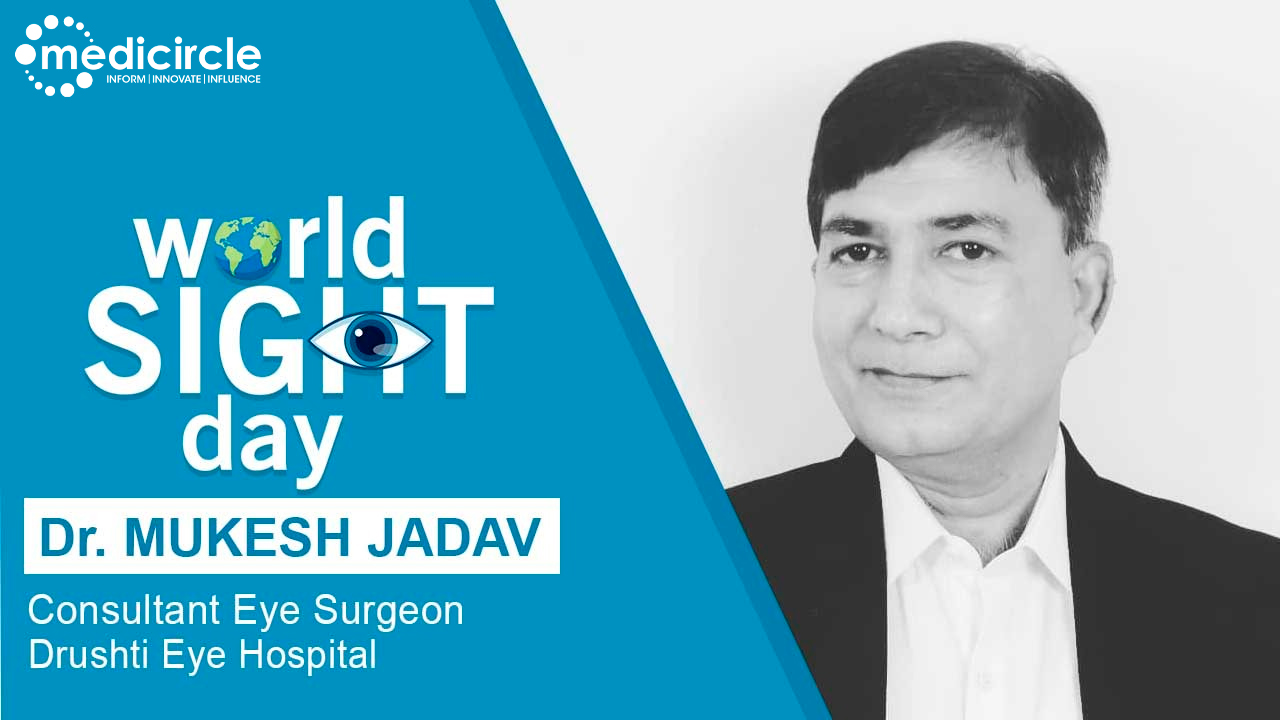
 Eye Specialist, Dr Jadav, mentions the common problems of the eye prevalent in India and lends three ways one can reduce the risk of it.
Eye Specialist, Dr Jadav, mentions the common problems of the eye prevalent in India and lends three ways one can reduce the risk of it.






.jpeg)

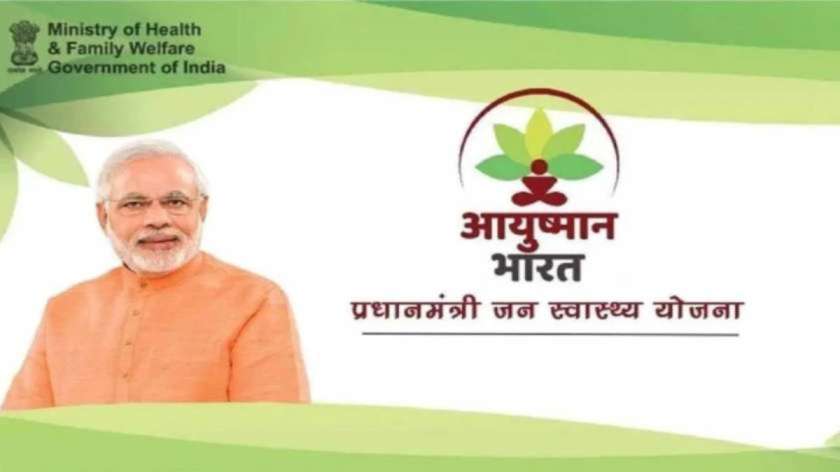
.jpg)
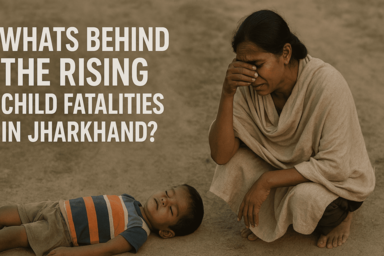
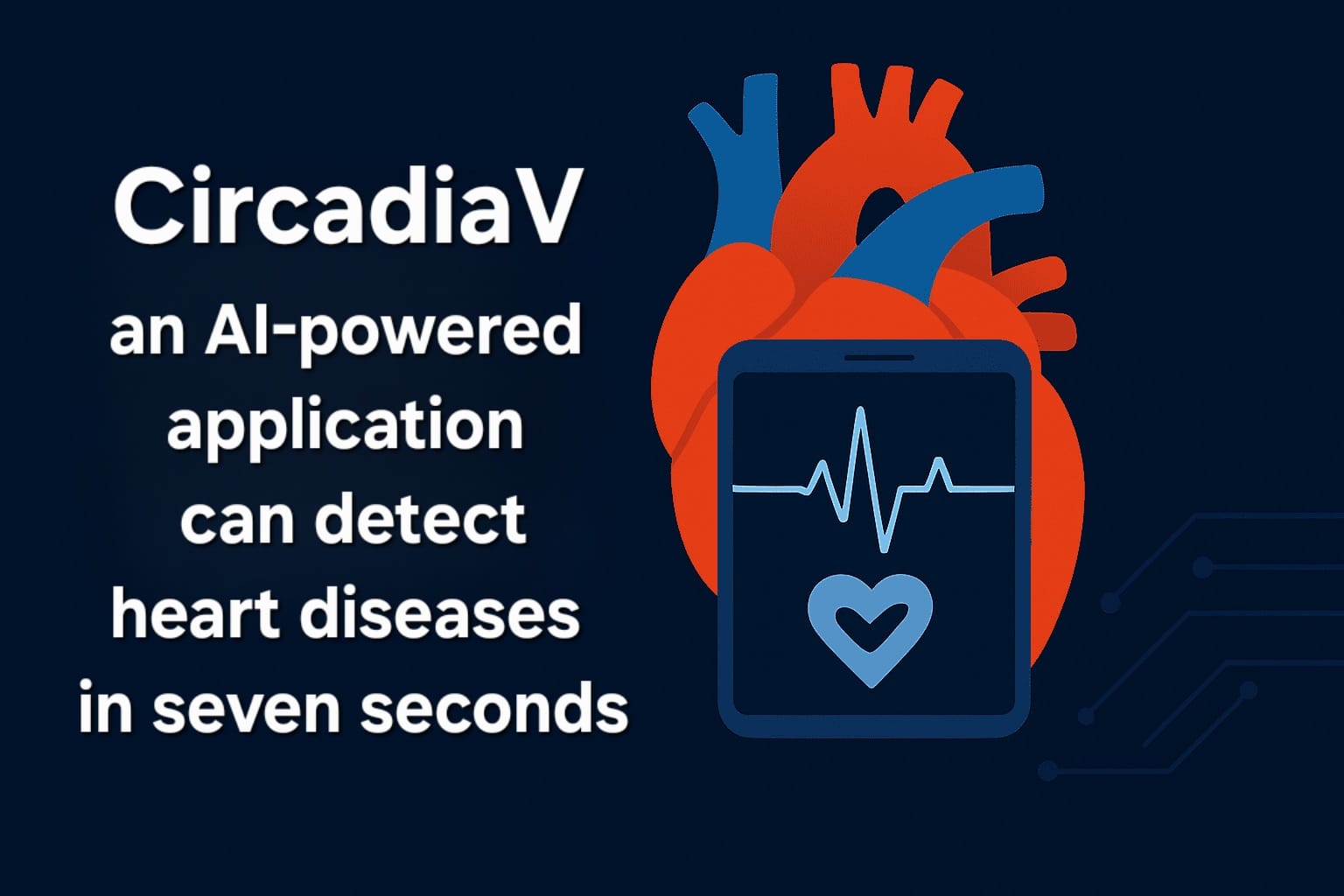
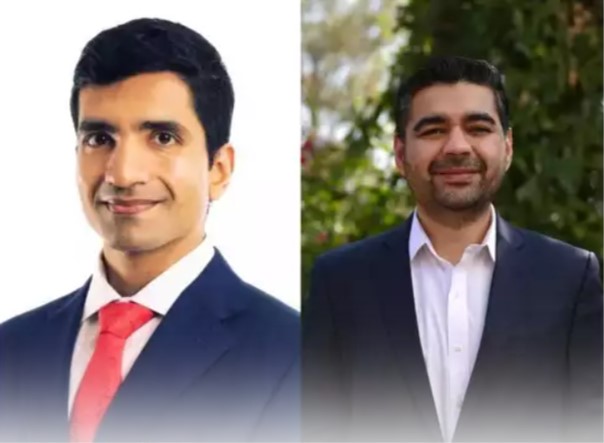






.jpeg)





.jpg)

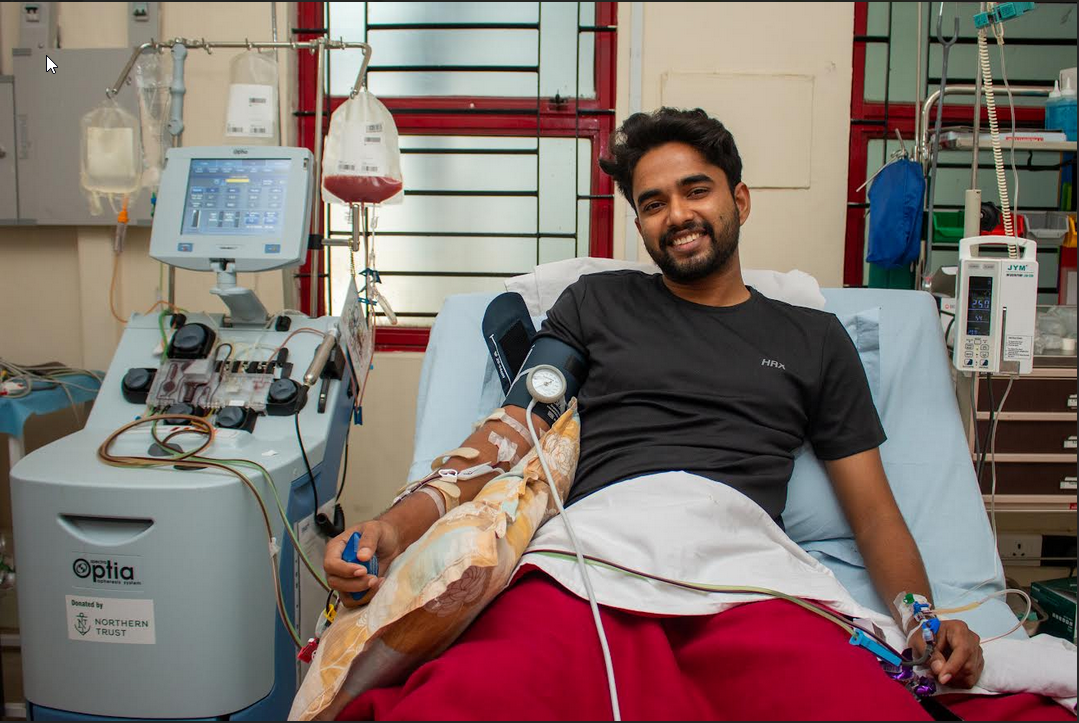
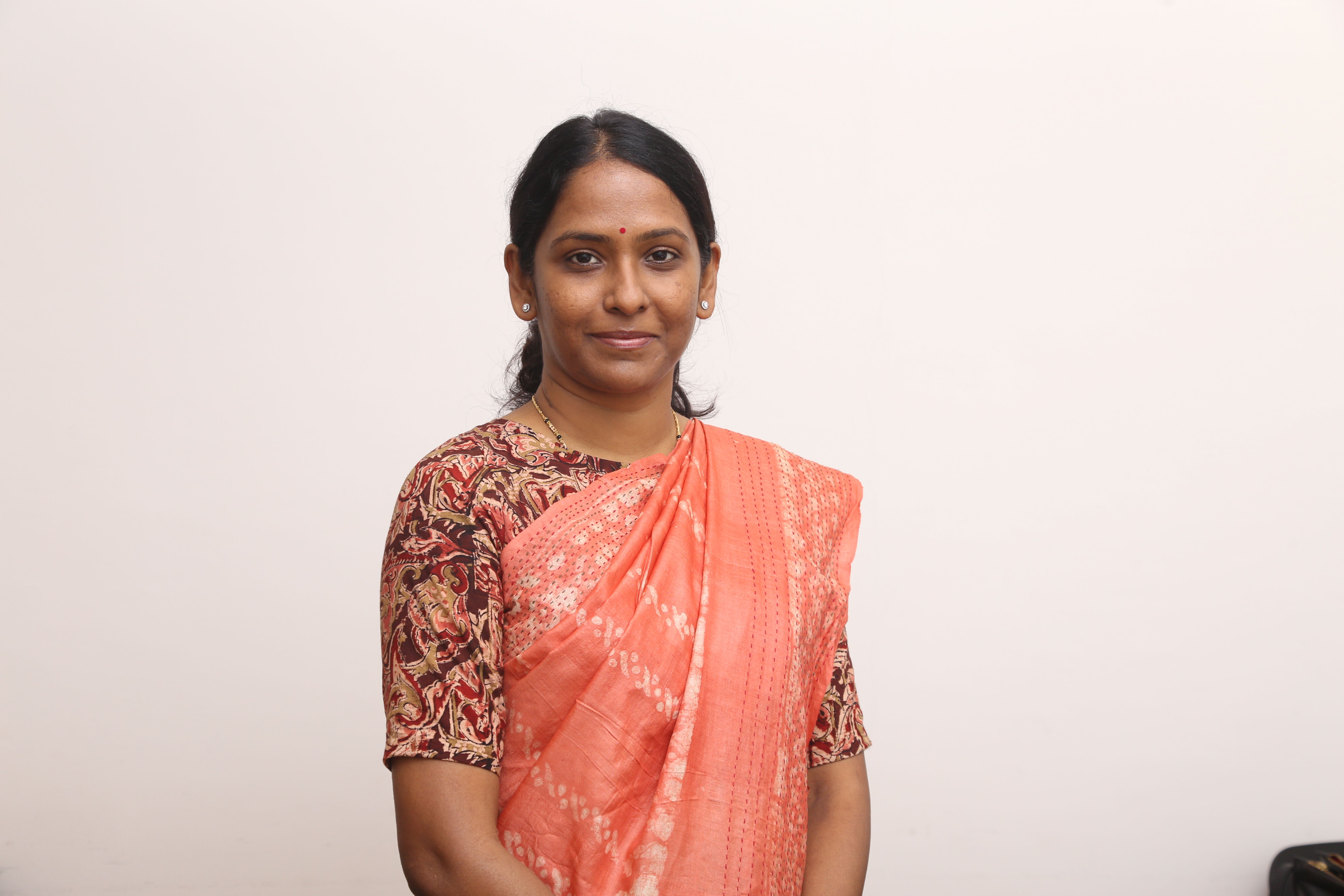

.png)


